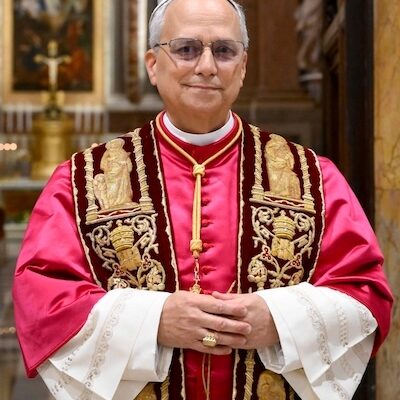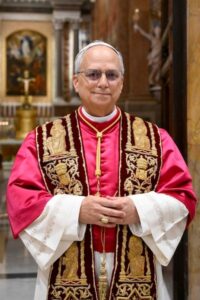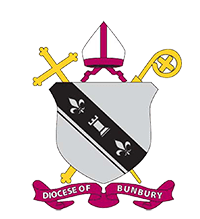Letter to the clergy and faithful of the Diocese of Bunbury on the Election of Pope Leo XIV

 Dear brothers in the ordained ministry, sisters and brothers in Christ,
Dear brothers in the ordained ministry, sisters and brothers in Christ,
Habemus Papam! We have a Pope!
It is with great joy that we, the Catholic community of the diocese of Bunbury, celebrate the election of Cardinal Robert Prevost OSA as Pope Leo XIV. Cardinal Robert Prevost OSA, a member of the Order of Saint Augustine (known as ‘The Augustinians’), was elected as Pope by the Conclave on 8 May 2025.
Born in Chicago, Illinois, on 14 September 1955, a significant part of his ministry has been in Peru where he served as a parish priest, seminary teacher and as a bishop. Prior to his election as Pope, he served as the Prior General for the Augustinians (2001 – 2013); Bishop of the Diocese of Chiclayo, Peru (2015 – 2023); President of the Pontifical Commission for Latin America (2023 – 2025) and Prefect of the Dicastery for Bishops (2023 – 2025). In 2023 he was created a Cardinal of the Catholic Church by Pope Francis. The context of Pope Leo’s life, and ministry, is significant. Pope Leo’s life, experiences of leadership and previous ministries have had a global reach and outlook, seeing him live and minister in both North and South America, as well as internationally.
His first words as Pope were “peace be with you”, and he used the word “peace” nine times in the short speech that followed. This peace, he said, is “a disarming and humble and preserving peace. It comes from God. God, who loves all of us, is without any limits or conditions.”
Which leads to welcome!
Pope Leo has already given us an insight into the Church he will lead:
“We have to look together how to be a missionary Church, building bridges, dialogue, always open to receiving with open arms for everyone, like this square, open to all, to all who need our charity, our presence, dialogue, love.”
Please join with me in praying for Pope Leo so that, as our Pope, he will draw us all nearer to the love of God, and bring forth God’s love and peace to a world that sorely needs it.
Accompanying my letter to you, I offer the statement released earlier today by Archbishop Timothy Costelloe SDB, Archbishop of Perth and President of the Australian Catholic Bishops Conference, sharing the joyous news of Pope Leo’s election.
Let us, in the diocese of Bunbury, join with our new Pope in pursuing his sacred mission of service to the universal church.
Yours in Christ,
Rev. Fr George Kolodziej SDS
Bishop of Bunbury
